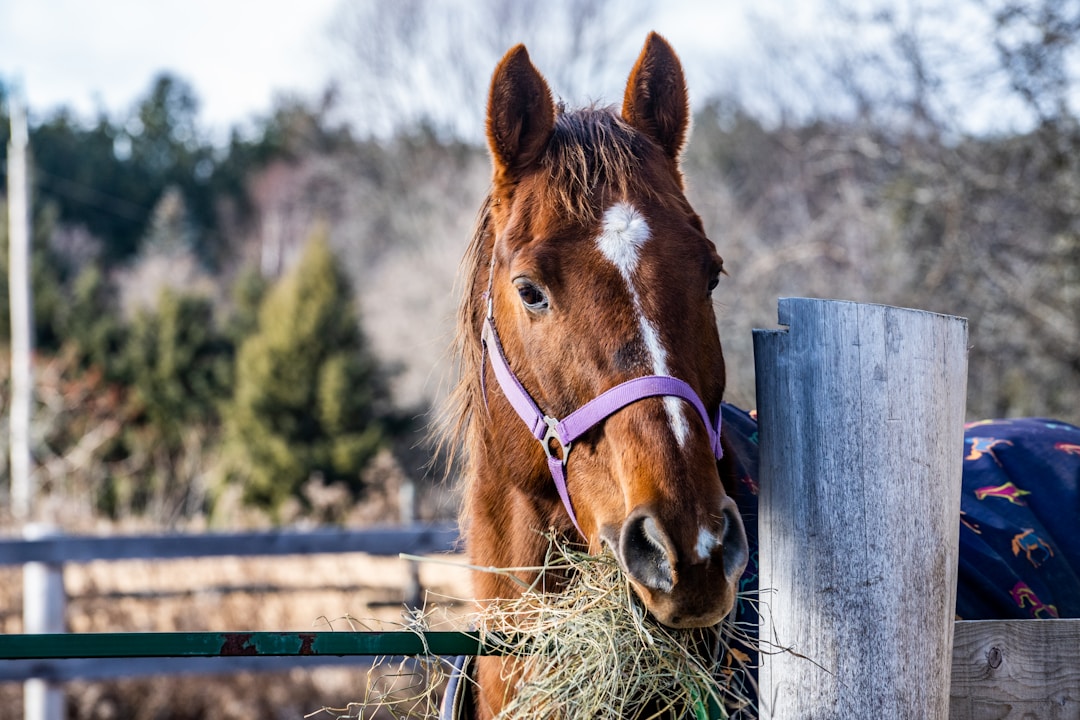Managing a horse ranch involves a dynamic array of responsibilities, from ensuring the well-being of these magnificent animals to maintaining the facilities that support them. As the backbone of successful horse rearing, health and nutrition play pivotal roles, while the optimization of ranch infrastructure, particularly air quality, cannot be overstated. Keep reading to uncover essential tips that elevate the horse ranching experience, benefiting equine residents and their human caretakers.
Horse Health and Nutrition Management

Owning a horse ranch requires a steadfast commitment to the well-being of every animal, with an emphasis on health and nutrition as cornerstones of equine care. Ranch owners must establish a balanced dietary regimen, providing horses with the right mix of forage, grains, and supplements to meet their nutritional needs. Attention to each horse’s unique dietary requirements is critical, as these can change with age, workload, and health status.
Regular health checks play a pivotal role in maintaining a thriving equine population. These assessments should closely examine each horse’s physical condition, with careful attention to signs of distress, illness, or injury that could affect their overall health. A proactive approach entails scheduling regular visits from veterinarians and farriers to effectively manage horses’ health and hoof care.
Emerging trends in equine care, such as equine CBD, are gaining traction for their potential benefits in stress reduction and pain management. Ranch managers must stay informed about new supplements and treatments, weighing their efficacy against established practices. With evolving research, discerning which products may offer genuine health advantages without causing adverse effects is paramount for sound ranch management.
Optimizing Ranch Infrastructure: Air Quality Control

When managing a horse ranch, maintaining pristine air quality is not merely a health concern; it holds weight in how the facility operates day-to-day. Employing an efficient air conditioning system ensures the barn remains a sanctuary, where animals can thrive and workers can function without distress. Carefree Comfort, Inc. provides specialized solutions that hinge on excellent air circulation and temperature controls for demanding agricultural environments.
Ranchers recognize the value of a steady climate, as temperature fluctuations can impact the health and mood of thoroughbreds and quarter horses. Sophisticated heating and cooling systems foster a stable internal atmosphere, warding off the stifling heat or biting cold that can infiltrate stables and indoor arenas.
Equally critical to the stable’s milieu is the need for proper ventilation, funneling out the ammonia-rich air resulting from animal waste. Introducing fresh, clean air through strategic vent placements ensures the ranch’s residents’ longevity and secures a pleasant experience for visitors and staff.
Effective Staffing and Training Protocols
Successful horse ranch operations hinge on skilled staff members understanding equine care and management practices. Effective training protocols are integral, ensuring that each employee, regardless of their prior experience, can perform their duties with knowledge and precision. A staff well-versed in the nuances of horse health, behavior, and facility upkeep becomes the backbone of any reputable ranch.
Ranch managers are encouraged to foster a learning environment where continuous professional development is not just expected but actively facilitated. Team members should be allowed to attend workshops, seminars, and hands-on training sessions to hone their expertise further.
Moreover, clear communication and accountability standards must be defined and implemented across all levels of ranch staffing. Each employee should be crystal clear about their responsibilities and the expected quality of work. Staff members can grow with the ranch through competent leadership, regular performance evaluations, and a culture that values individual contributions, leading to a harmonious, efficient, and successful horse-running operation.
Sustainable Land Management Practices
Sustainable land stewardship is essential for horse ranches, ensuring the grounds’ longevity and the equine inhabitants’ health. Ranch operators must adopt practices that preserve soil integrity and water quality, like rotational grazing to prevent overgrazing and erosion.
Effective water management is another pillar of sustainability on a horse ranch. Leaders in equine care employ systems to capture and recycle water, deploying it strategically to maintain pastures and reduce waste. Conservation efforts demonstrate a commitment to responsible resource utilization, setting a positive example for the industry while trimming operational costs.
Renewable energy sources are gaining momentum among ranches aiming to reduce greenhouse gas emissions and energy costs. Solar panels installed on barn roofs can harness the sun’s power to operate the property, marking a progressive step towards self-sufficiency. This shift to green energy reflects a forward-thinking approach in ranch management, marrying innovation with practicality for the greater good of the ranch and its equine residents.
Overall, effective horse ranch management demands a holistic approach encompassing meticulous attention to horse health, infrastructure optimization, staffing, and sustainable land stewardship. By implementing these tips and embracing advancements in equine care and ranch operations, owners can create an environment where horses and humans thrive, ensuring their operations’ long-term success and sustainability.
Leave a Reply